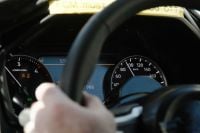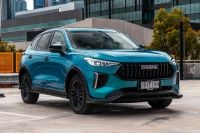Chinese premium electric car brand nearing Australian launch
Chinese brand Zeekr is set to start selling its premium electric vehicles in Australia in the second half of this year.

News Editor
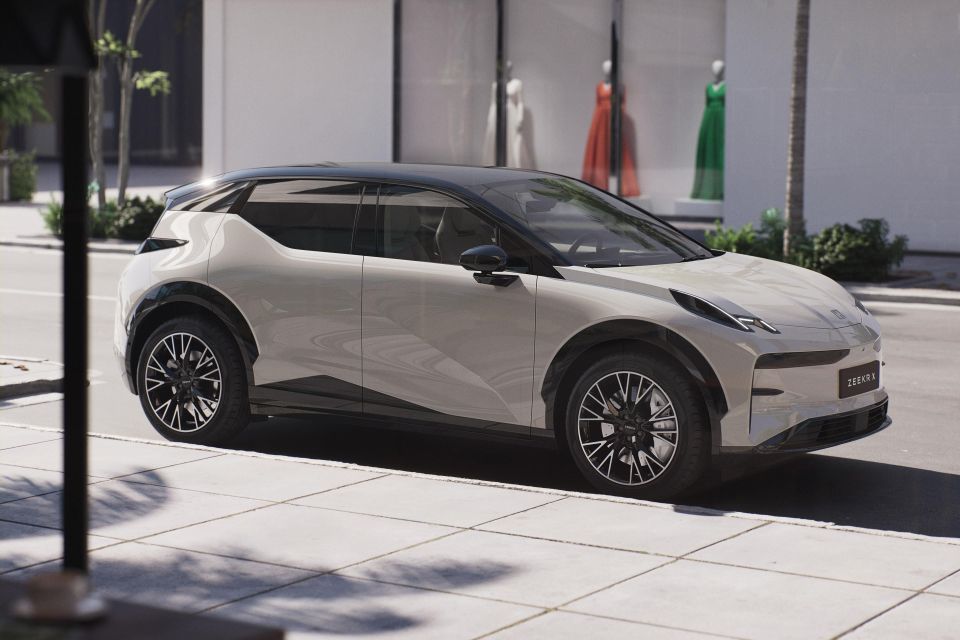

News Editor
Geely-owned Chinese electric vehicle (EV) brand Zeekr is getting closer to an Australian launch, as pre-orders open for right-hand drive models in other markets and the brand fills key roles locally.
The company has confirmed right-hand drive versions of the Zeekr X crossover and 009 people mover are now available for pre-order in Thailand, where they’ll go on sale later this year.
Zeekr, which is positioning itself as a premium electric vehicle brand, will launch here in the second half of 2024.
The company has appointed a head of marketing in Australia, Andrew Haurissa, who served as Chery Australia’s marketing director from February 2023 to 2024 and played a key role in that brand re-establishing itself in our market.
It has also appointed a head of after-sales, Matt McCroarey, who has previously served in customer service and technical manager roles at Polestar and Jaguar Land Rover.
At this stage it’s unclear how the brand plans to distribute its vehicles in Australia. It’s not the only brand under the Geely umbrella in Australia, with Lotus, Polestar and Volvo also selling vehicles here.
Zeekr has previously confirmed to CarExpert the 009 people mover will be offered here, though the X crossover shapes as a strong possibility particularly after the brand posted about it on its Australian LinkedIn account.
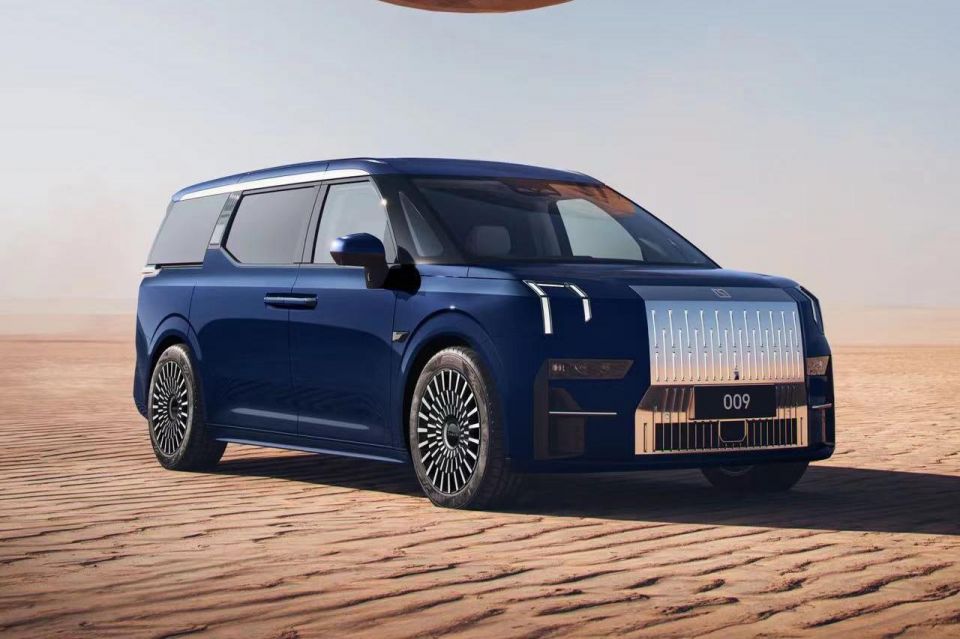
It’s unclear if Zeekr’s other vehicles – the Mix people mover, 001 fastback and 007 sedan – will be produced in right-hand drive.
The Zeekr 009 was first revealed in late 2022, billed as the world’s first pure luxury electric MPV. Volvo has since revealed its own version based on the same Sustainable Experience Architecture (SEA) platform called the EM90.
In China the 009 is offered with either 116kWh or 140kWh batteries supplied by CATL, with claimed range figures of 702km and 822km – albeit both on the generous CLTC test cycle.
Power comes from a dual-motor all-wheel drive setup producing 400kW of power and 686Nm of torque.
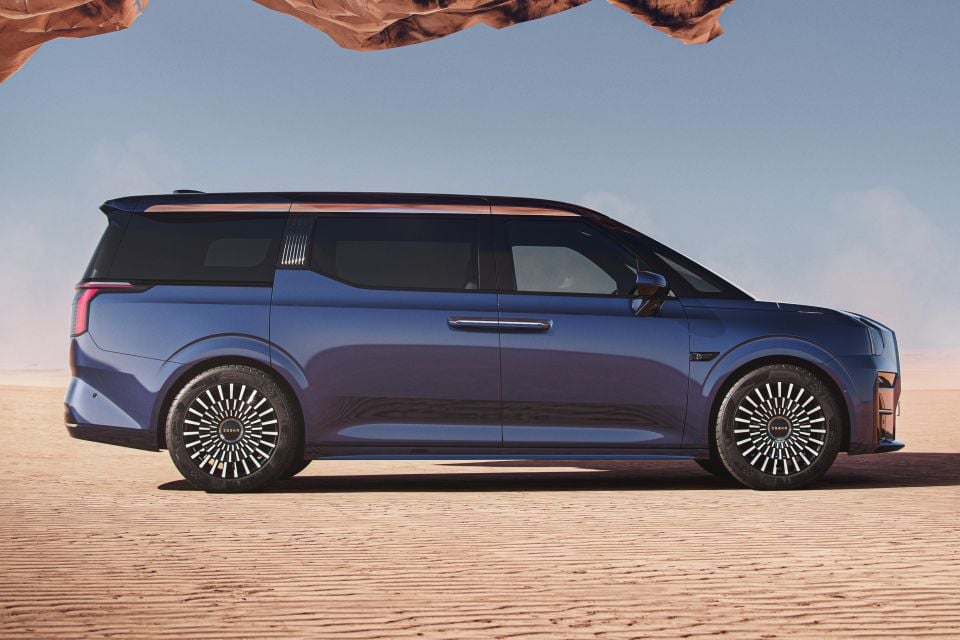
That gives it a claimed 0-100km/h sprint time of just 4.5 seconds – heady performance for a boxy people mover. It also has a relatively slippery drag coefficient of 0.27.
The 009 measures in at 5209mm long, 2024mm wide, and 1848-1856mm tall with a 3205mm wheelbase. This makes it virtually the same size as the LDV MIFA 9.
All Chinese-specification models ride on a “high-performance” air suspension set-up, with double wishbone front and multi-link rear suspension. Inside there are six seats in a 2+2+2 configuration.
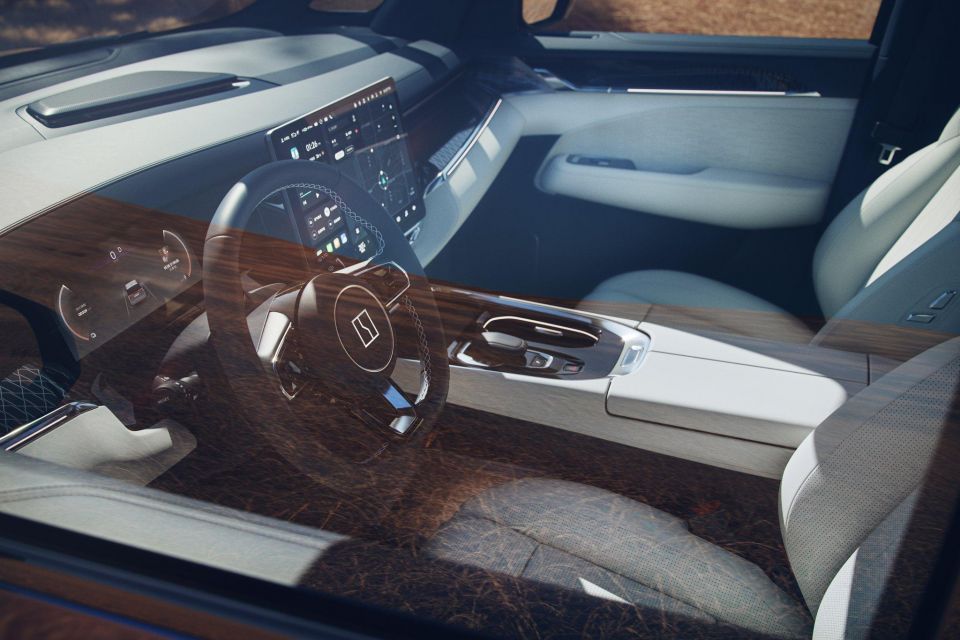
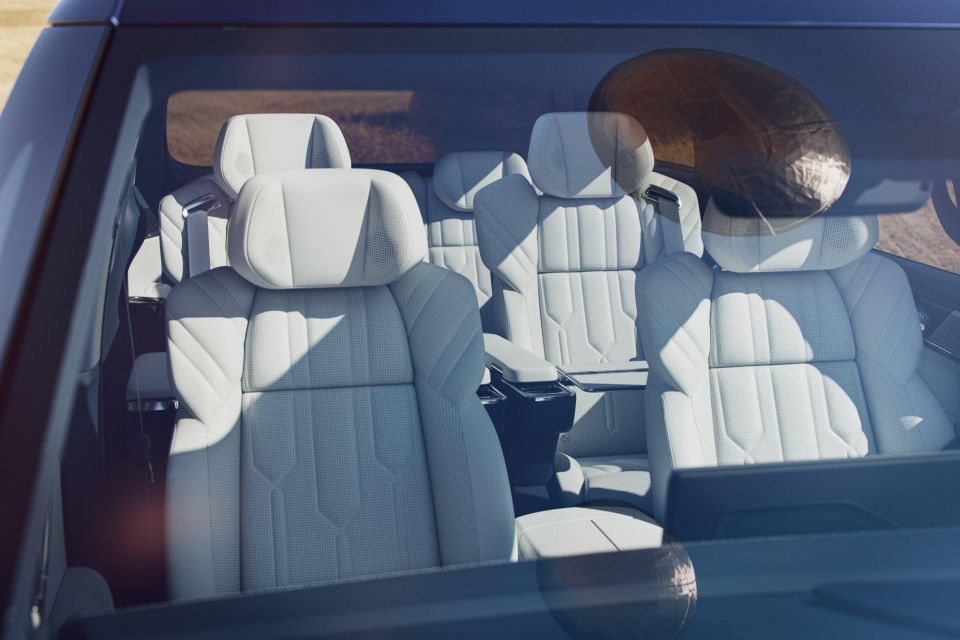
Standard equipment on Chinese 009s includes matrix LED headlights, power sliding doors, dual sunroofs, a 20-speaker Yamaha sound system, as well as Nappa leather and Ultrasuede upholstery.
Screens include a 10.25-inch unit ahead of the driver, a 15.4-inch touch display, and a 15.6-inch adjustable central ceiling screen. There are also 3.4-inch touchscreens on the sliding doors.
The Zeekr X is considerably smaller, though it’s underpinned by the same architecture, which is also used by the Volvo EX30.
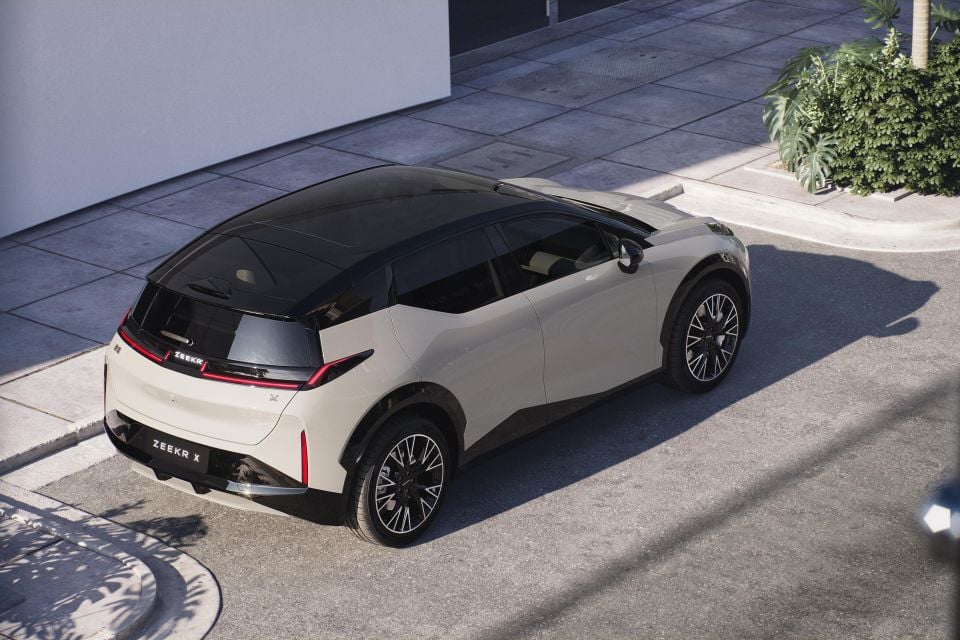
At 4432mm long and 2025mm wide (including the mirrors) on a 2750mm wheelbase, it’s almost identical in size to the BYD Atto 3.
In Europe, it’s offered with a choice of 200kW/343Nm single-motor rear-wheel drive or 315kW/543Nm dual-motor all-wheel drive configurations, with claimed WLTP range figures of 446km and 425km, respectively.
In dual-motor guise, it can do the 0-100km/h sprint in a claimed 3.8 seconds.
It uses a 69kWh lithium-ion battery, with 150kW DC charging capability.
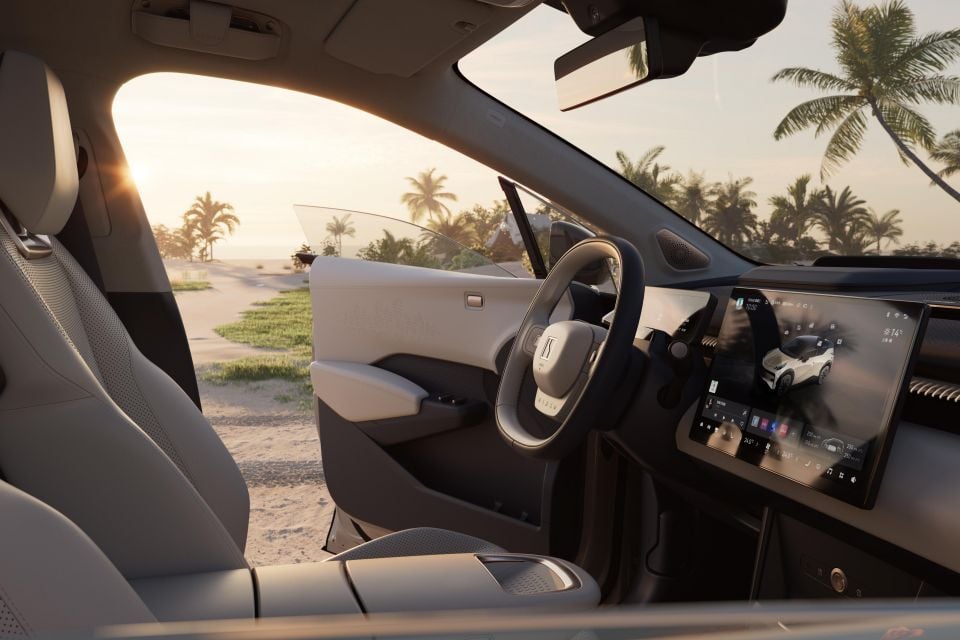
Inside, it features an 8.8-inch digital instrument cluster, a 14.6-inch touchscreen infotainment system, and a 24.3-inch augmented reality head-up display.
Available equipment includes ventilated front seats and a 13-speaker Yamaha sound system.
Zeekr only started delivering vehicles in China in 2021, but is already expanding rapidly around the world.
It plans to be selling cars across multiple European, Middle Eastern and Asian markets over the next five years.
MORE: Zeekr confirmed as China’s next challenger in Australia
William Stopford is an automotive journalist with a passion for mainstream cars, automotive history and overseas auto markets.
You might also like
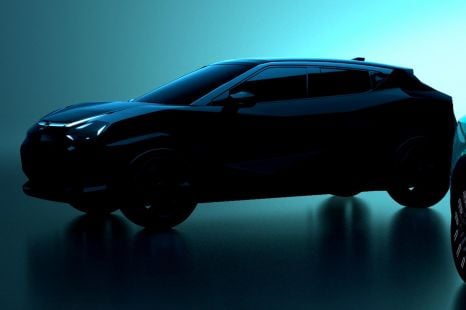

Damion Smy
Nissan Juke EV will use Leaf platform, due in 2026 - report
12 Hours Ago
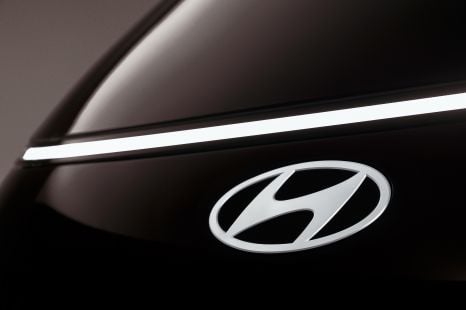

Damion Smy
Hyundai teases Staria EV ahead of likely January reveal
15 Hours Ago
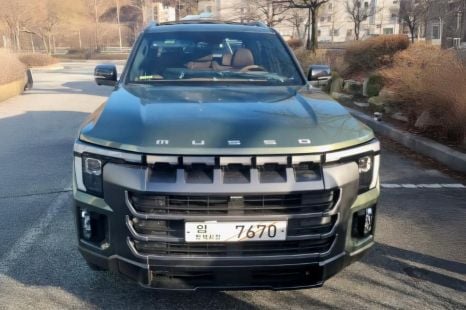

Damion Smy
2026 KGM Musso ute images leaked
19 Hours Ago


Damion Smy
Ford Escape PHEV recalled for fire risk
21 Hours Ago
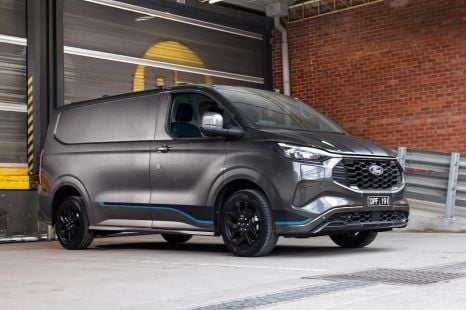

Damion Smy
Ford Transit Custom and Tourneo recalled due to toxic gas leak
21 Hours Ago
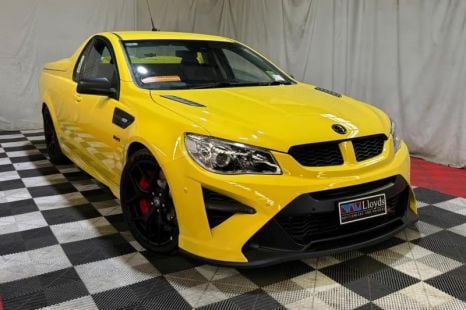

Damion Smy
Holden sales record as HSV sells for $1.2 million
21 Hours Ago

